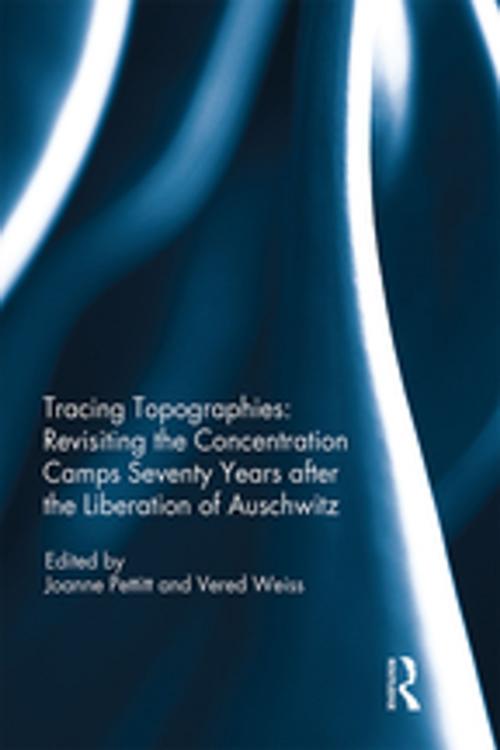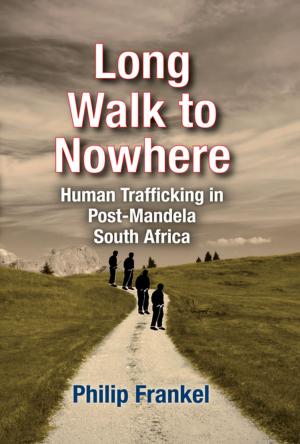Tracing Topographies: Revisiting the Concentration Camps Seventy Years after the Liberation of Auschwitz
Nonfiction, History| Author: | ISBN: | 9781351789653 | |
| Publisher: | Taylor and Francis | Publication: | December 7, 2018 |
| Imprint: | Routledge | Language: | English |
| Author: | |
| ISBN: | 9781351789653 |
| Publisher: | Taylor and Francis |
| Publication: | December 7, 2018 |
| Imprint: | Routledge |
| Language: | English |
Seventy years on from the liberation of Auschwitz, the contributions collected in this volume each attempt, in various ways and from various perspectives, to trace the relationship between Nazi-occupied spaces and Holocaust memory, considering the multitude of ways in which the passing of time impacts upon, or shapes, cultural constructions of space.
Accordingly, this volume does not consider topographies merely in relation to geographical landscapes but, rather, as markers of allusions and connotations that must be properly eked out. Since space and time are intertwined, if not, in fact, one and the same, an investigation of the spaces – the locations of horror – in relation to the passing of time might provide some manner of comprehension of one of the most troubling moments in human history. It is with this understanding of space, as fluid sites of memory that the contributors of this volume engage: these are the kind of shifting topographies that we are seeking to trace. This book was originally published as a special issue of Holocaust Studies: A Journal of Culture and History.
Seventy years on from the liberation of Auschwitz, the contributions collected in this volume each attempt, in various ways and from various perspectives, to trace the relationship between Nazi-occupied spaces and Holocaust memory, considering the multitude of ways in which the passing of time impacts upon, or shapes, cultural constructions of space.
Accordingly, this volume does not consider topographies merely in relation to geographical landscapes but, rather, as markers of allusions and connotations that must be properly eked out. Since space and time are intertwined, if not, in fact, one and the same, an investigation of the spaces – the locations of horror – in relation to the passing of time might provide some manner of comprehension of one of the most troubling moments in human history. It is with this understanding of space, as fluid sites of memory that the contributors of this volume engage: these are the kind of shifting topographies that we are seeking to trace. This book was originally published as a special issue of Holocaust Studies: A Journal of Culture and History.















